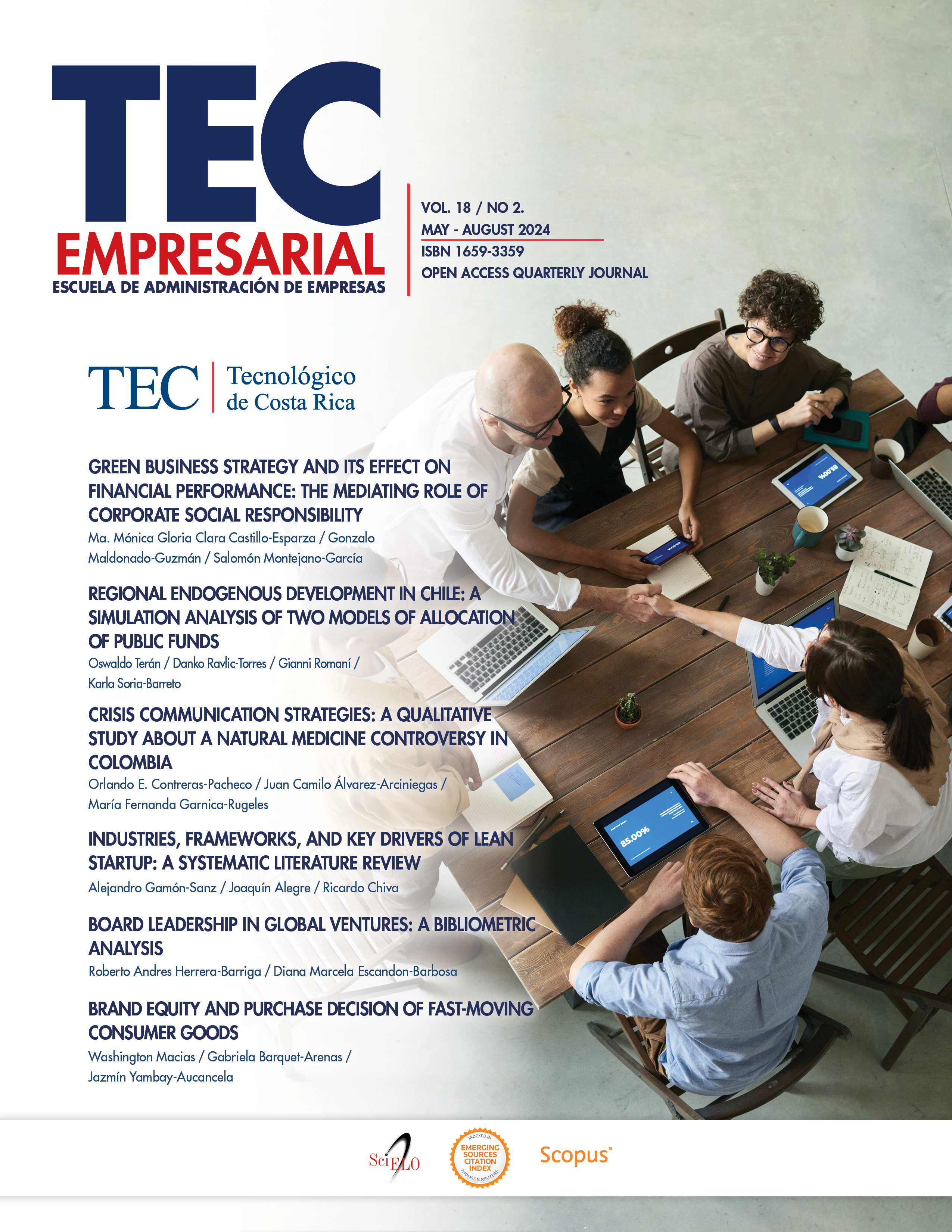Regional endogenous development in Chile: a simulation analysis of two models of allocation of public funds
Main Article Content
Abstract
This paper analyses, through simulations, two regional development models to contrast their potential to promote endogenous development in two Chilean regions (Antofagasta and Coquimbo). The models were developed with the SocLab social simulation platform, which is based on the theory of Organized Action Systems. The models' input was generated by interviews with stakeholders closely involved in the allocation of public funds for innovation and productive development. The results show that Antofagasta's decentralised model promotes endogenous development by permitting a high degree of influence and coordination among local actors, while presenting a better state of critical resources for this purpose. For the Coquimbo region, the centralised model presents greater dominance and autonomy of a single actor (central government) over other actors who should respond to the local interest. The models were compared by using a qualitative approach. The novelty of the paper relies on the application of a simulation platform based on the Organized Action System theory to model and simulate two systems of actors responsible for regional endogenous development. The proposed approach helps to better understand and compare different development models which contribute to policy making.
Article Details
The digital version of the journal is registered under the BY-NC-ND 4.0 Creative Commons license. Therefore, this work may be copy and redistribute the material in any medium or format, as long as you give appropriate credit, provide a link to the license, and indicate if changes were made. You may do so in any reasonable manner, but not in any way that suggests the licensor endorses you or your use.
The authors keep the copyright and give the journal the right of the first publication and the possibility of editing, reproducing, distributing, exhibiting and communicating in the country and abroad through printed and electronic means. On the other hand, the author declares to assume the commitment on any litigation or claim related to the rights of intellectual property, exonerating of responsibility to the Business School of the Costa Rica Institute of Technology.


